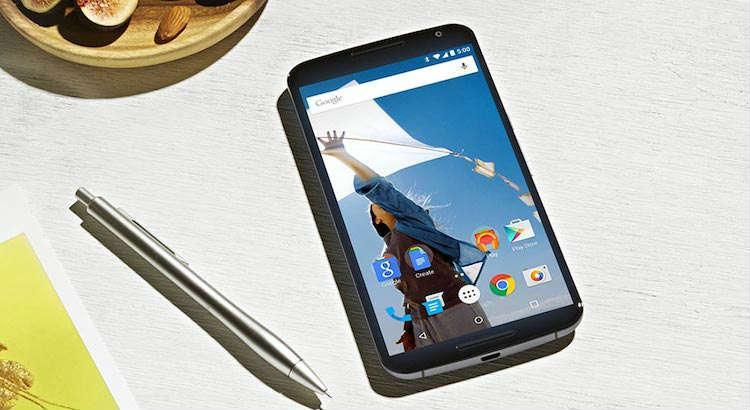
Yesterday was a pretty big day for Google, and they managed to make it a big deal without even having a huge event somewhere, with a ton of people sitting in a room taking notes and pictures and whatever else. (That comes later today, courtesy of Apple.) While a smartphone would have been enough, Google also unveiled a new tablet and a new set-top box for their fledgling Android TV.
So, a lot to take in.
As my fellow editor, Anna, pointed out, the new Motorola Nexus 6 is a pretty good device, with a lot of great specifications from the outside in. Sure, it’s pretty expensive, but I’m sure there will be plenty of people out there, especially those who crave a big screen, that make sure they get one at launch. Just like any other (expensive) handset out there, it may not be for everyone, it’s surely for someone.
But let’s face it, one of the strongest selling points of the Nexus 6 isn’t so much its hardware, as it is the software. Because, as usual, the Nexus smartphone launch marks the launch of Android’s newest version. This time around it’s probably one of Android’s biggest launches to date, with a heavy focus on what the search giant calls Material Design, and several new features to make users plenty happy.
The best part, though, is arguably the fact that the Nexus handset is a pure Android experience. What’s more, Google is showing more confidence than ever in their mobile operating system, with a version that seems absolutely ready to come out of any kind of “development spotlight,” and take a big step into the public’s eye. Is this the version of Android that can actually make the stock option stand out? (Some would argue that this has been the case for years, but others would continue to point to proprietary software from companies like HTC and Samsung that continue to add must-have features.)
What a new Nexus smartphone and public launch of the newest version of Android also mean is update plans. Motorola, perhaps unsurprisingly, was one of the first manufacturers to come right out and lay out their Android Lollipop update plans, showcasing several older devices that will make the cut and be upgraded to the newest version of the platform. HTC tossed in their own two cents, too, noting that their update will land within 90 days of the code being released. So, that means it could land as early as November 3, or as “late” as the first week of February.
As I mentioned earlier, perhaps the biggest draw of the Nexus 6 is the software, and the same could be said for the Nexus 9 tablet from HTC. While the hardware of both devices is good, if not great, the software this time around is the real start of the show, thanks to all those great new features and design aesthetic. So, I can’t help but wonder if many of you out there are going to skip the whole waiting game, and instead pick up a new Nexus device just to get your hands on the newest software.
After all, while update plans are great, we’ve all been burned in the past with the pipe dreams they eventually become. HTC could update their One (M7) and One (M8) after they launch the One (M9) (or whatever they call it), therefore giving people a reason to buy the new device, rather than keeping their older handset. And we could expect the same shenanigans from companies like Samsung, LG and others. The easiest fix for both the consumer, and, sadly, the manufacturers is to just release a new phone running the new software.
So, is that what you’re going to do? Are you so excited for Android 5.0 Lollipop that you plan on picking up a new Nexus 6 or Nexus 9 to get your thumbs on it? Or do you plan on skipping those devices and sticking with what you have, holding out for the official update? Let me know!